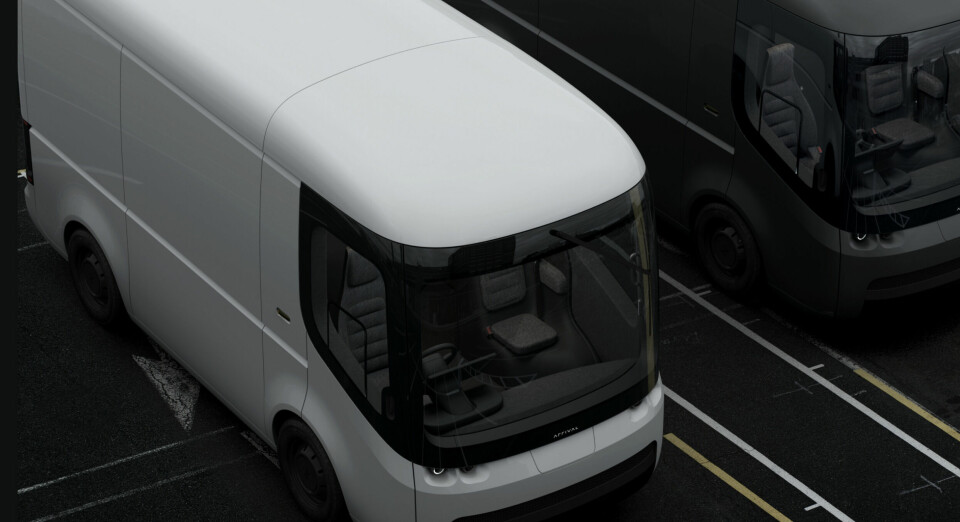Arrival plans to build fully automated microfactories
Electric commercial vehicle maker Arrival could have as many as 1,000 automated microfactories operating by 2026, with the first now under construction. Localised supply is a priority and the manufacturing and logistics will be supported by industry 4.0 technology
Arrival is an electric commercial vehicle start-up that seems to have come out of nowhere but earlier this year, Hyundai-Kia and UPS both announced major investments in the company. Hyundai-Kia has invested €100m ($117m) to jointly develop vehicles using Arrival’s platform. UPS has ordered “hundreds of millions of euros worth of bespoke purpose electric vehicles” from the company. It must be doing something right, then, not least its concept of fully automated ‘microfactories’ with local supply chains, which the company thinks will prove very resilient during crises such as Covid-19.

Speaking at last week’s Automotive Logistics and Supply Chain Live conference, Tracey Yi, CEO of Arrival’s components division, Elements, said the company was building its infrastructure from scratch and wanted to do things differently, with small fully automated factories powered by industry 4.0 technology, including warehouse automation. Yi said that for bigger manufacturers installing that technology was a slower process.
“With big established OEMs, it’s like turning the Titanic,” she said. “Everybody wants industry 4.0, everybody wants warehousing automation. You might have the odd robot, but why does virtually nobody truly have it? It’s because you cannot press a pause button and stop all orders without losing customers, and then find all the money to reinvest to get yourself to 4.0.”

Yi sees Arrival’s microfactories as speedboats compared to the larger OEMs’ ‘Titanics’. Some manual assembly is expected at first, but the company aims to build its vehicles exclusively using robots. The company has the potential to rollout as many as 1,000 of these microfactories by 2026, with the first ones under construction at the moment.
The microfactories will have a very small 10,000 sq.m footprint for final assembly.
Yi explained that large factories are inefficient unless they run at full capacity, at which point a new factory needs to be built if the company wants to expand. “It’s not dynamic, regardless of what sector you are in. Everything is about being agile and being able to respond to your market.
By contrast Yi said that Arrival would be able to build its microfactories very quickly. “We can take typical warehousing space, we don’t have to dig down and create pits… and we can build them near the city centres…very near to the customer base.”
Localised supply
As well as automation, one of the important aspects of the microfactories is to have a local supply chain. Yi said that even when Arrival is working with a global partner, it will explore local manufacturing capability, adding: “It doesn’t mean we’re not going to have any parts being flown in, but there’s lots of rigour internally to say: ‘prove there are no other options’. Our starting default is to go local and when we absolutely can’t, that’s when we’ll be looking at global options.”
Arrival is currently issuing RFQs for 3PL providers and transport logistics. For long-lead items, it has already started the tendering process, but as it gets ready to start up its bus manufacturing, the company is looking for partners for shorter-lead items, especially in the US.
The microfactories concept ties in with the vertical integration of the company. It aims to own the whole vertical stack, with the vast majority of the parts that go into the finished product being its own IP. To achieve that, the Arrival Elements serves to commercialise Arrival-designed hardware components, both for use in Arrival’s own vehicles, but also to be sold to other companies.
For Arrival, the Covid crisis reaffirmed that working with local suppliers and being vertically integrated is the right way forward. “We’re doing the right thing for local economies but also from a business perspective, it makes us much more sustainable,” said Yi.


